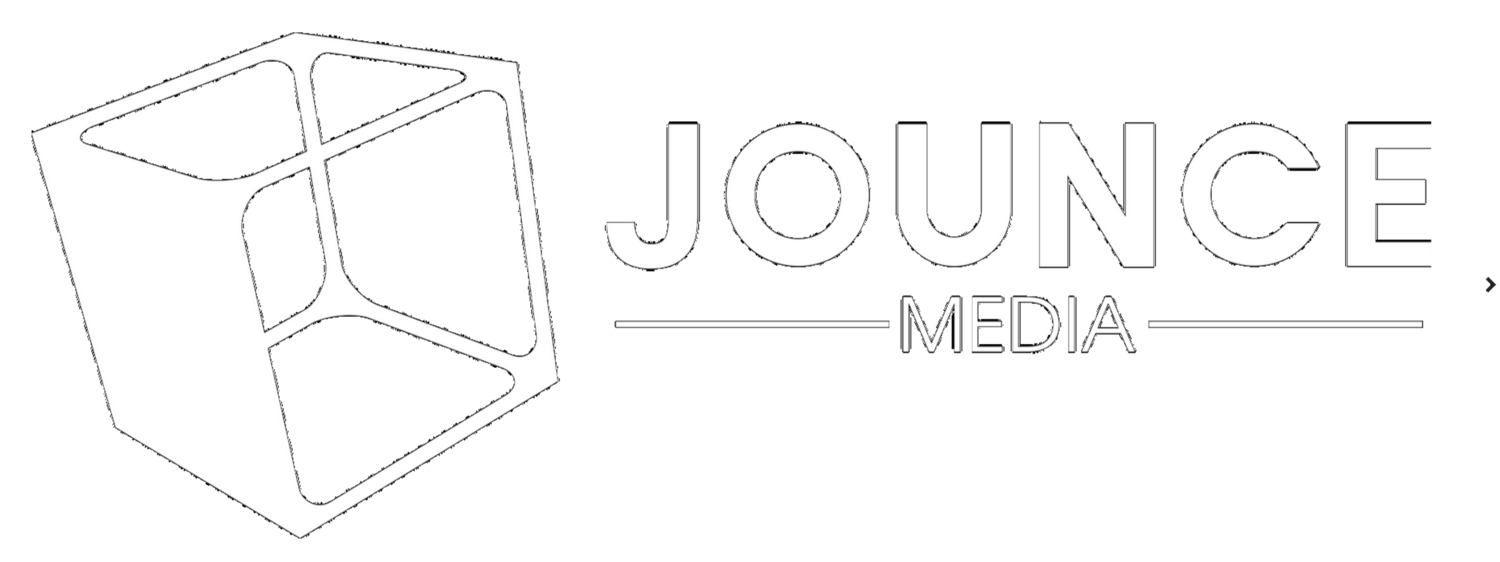Comcast's acquisition of StickyAds signals that the company is getting serious about programmatic advertising and that programmatic transactions have a critical role in the future of video advertising. The acquisition also signals that Comcast may be trying to follow Google's playbook of building a fully integrated monetization solution for publishers. The strategy is sound, but Comcast should learn from Google's tactical stumbles and embrace unified yield management before header bidding infiltrates the video advertising world.
Owning The Stack
The parallels between Google's display ad stack and Comcast's video ad stack are striking. Both companies entered the monetization space by acquiring the dominant publisher ad server -- DoubleClick for Google's display stack and Freewheel for Comcast's video stack. Both companies then extended their monetization solutions by acquiring a programmatic ad exchange -- AdMeld (now DoubleClick AdExchange) for Google and StickyAds for Comcast.
The final solution is a two-pronged monetization platform for publishers -- reservation-based ad serving to manage direct sold campaigns coupled with auction-based monetization to capture programmatic demand. Google has extended its stack even further by building proprietary programmatic demand through its DSP (DoubleClick Bid Manager) and ad network (AdWords). Perhaps Comcast will do the same.
The Power of "Other"
What's not to love about a fully integrated monetization solution? It turns out there are a lot of programmatic buyers with a lot of spending power who want to transact outside Google's programmatic marketplace. This "other" category includes independent ad exchanges like Rubicon, AppNexus, and Index as well as performance marketing businesses like Criteo and Amazon. Individually, none of these can deliver Google's programmatic scale, but collectively they represent a major revenue stream for publishers.
These programmatic demand sources have shoehorned themselves into DoubleClick's ad serving logic in awkward ways that either leave money on the table for publisher yield teams or create a trafficking nightmare for publisher ad ops teams. Just try reading the first paragraph of this header bidding primer to get a sense for the complexity. This is no way to run a business
In response to the overwhelming cry from publishers to fix this mess, Google recently announced that it would allow third party ad exchanges to properly integrate into the ad serving process through a feature called Dynamic Allocation. The release is still pre-alpha, and details are sketchy, but the move points to a future where all programmatic demand is treated equally by the publisher's ad server. This is a significant capitulation that highlights the power of "other."
Comcast's Playbook
Building an integrated tech stack is a compelling vision for Comcast's video advertising business. Comcast should charge ahead with creating an unfair advantage for StickyAds. Perhaps Comcast can implement one-button programmatic setup in FreeWheel, making StickyAds the easiest programmatic channel for video publishers. Maybe they will acquire proprietary video demand, making StickyAds the best monetized programmatic video channel. Comcast might even consider waiving some fees for impressions monetized through its ad tech stack, making StickyAds the most cost efficient source of programmatic video demand.
But Comcast should not attempt to sideline "other" programmatic channels. Just like display, there are major video buyers who will want to transact outside Comcast's programmatic marketplace. Google's missteps in the display market showcase publishers' commitment to working with diverse programmatic demand sources. Equally, Google's capitulation to header bidding sets a new precedent for programmatic access. Comcast has a narrow window to provide a unified yield solution for video publishers. If they don't, Google will.



